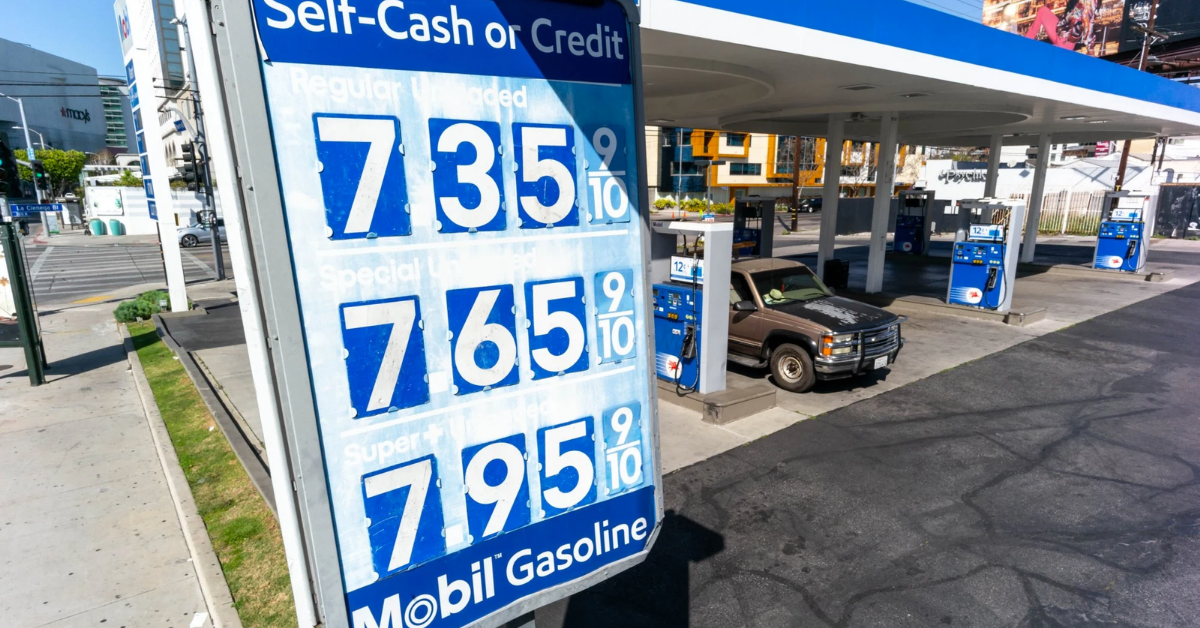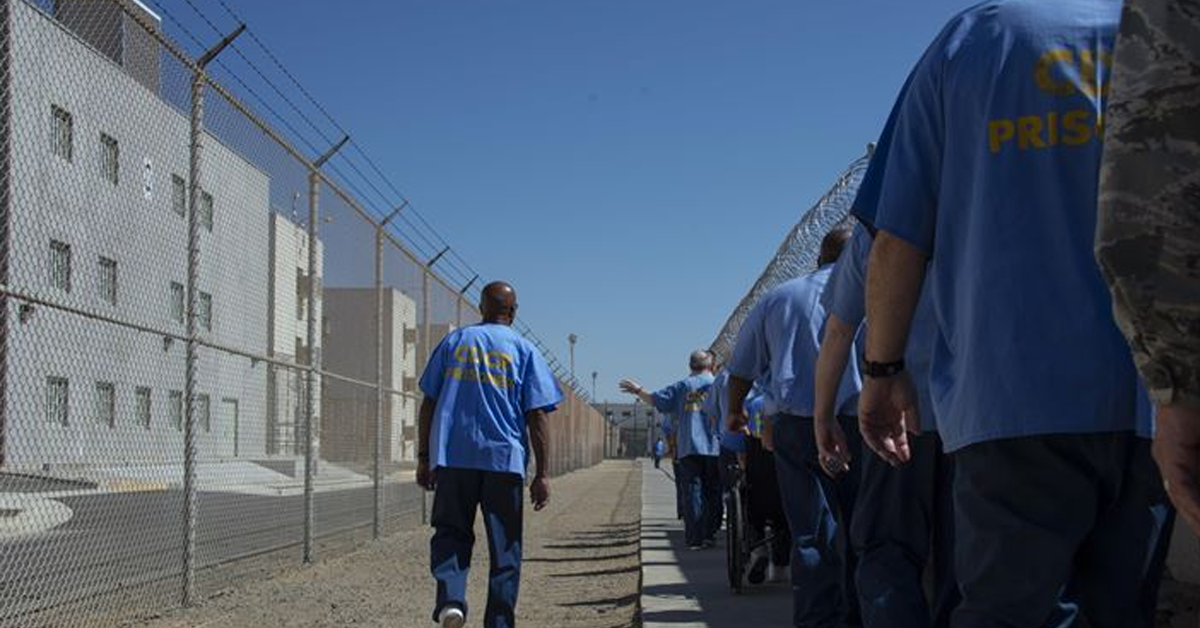The California Fish and Game Commission unanimously approved designating the Mojave desert tortoise as endangered.
California’s official state reptile was previously recognized as threatened under the California Endangered Species Act for 35 years and at the federal level for 34 years.
The big picture: Despite decades of protection, tortoise populations have not shown consistent signs of recovery, and advocates warn that they are closer to extinction than ever before.
- Designated conservation areas for tortoises have experienced drastic declines in population, with the worst loss in the Western Mojave, which has seen a 54% decline over 19 years.
- The minimum density for viable tortoise populations is 39 adults per square kilometer, but only two of the ten designated conservation areas currently meet that threshold.
- Low reproductive rates, slow growth rate, long lifespans, and various threats, including habitat loss, military training, off-highway vehicle use, livestock grazing, disease, invasive species, wildfires, and climate change, hinder the tortoise’s recovery.
The backstory: The effort to uplist the desert tortoises has been ongoing for over four years, and the California Department of Fish and Wildlife has spent the last 12 months evaluating the request.
- The Mojave desert tortoise is an indicator of the health of the desert ecosystem and currently facing numerous serious threats.
- Additional land protection, habitat restoration, and stewardship are expected to be vital in reducing threats and helping the reptile bounce back.











